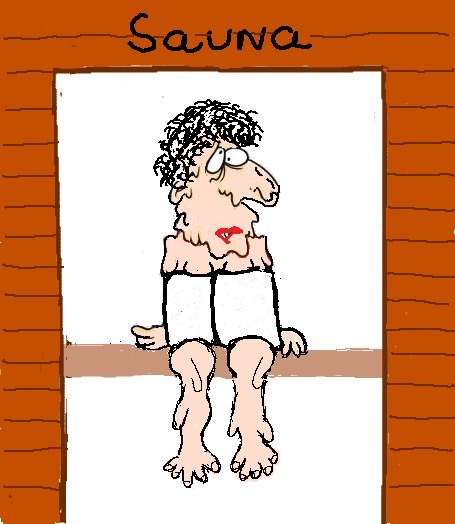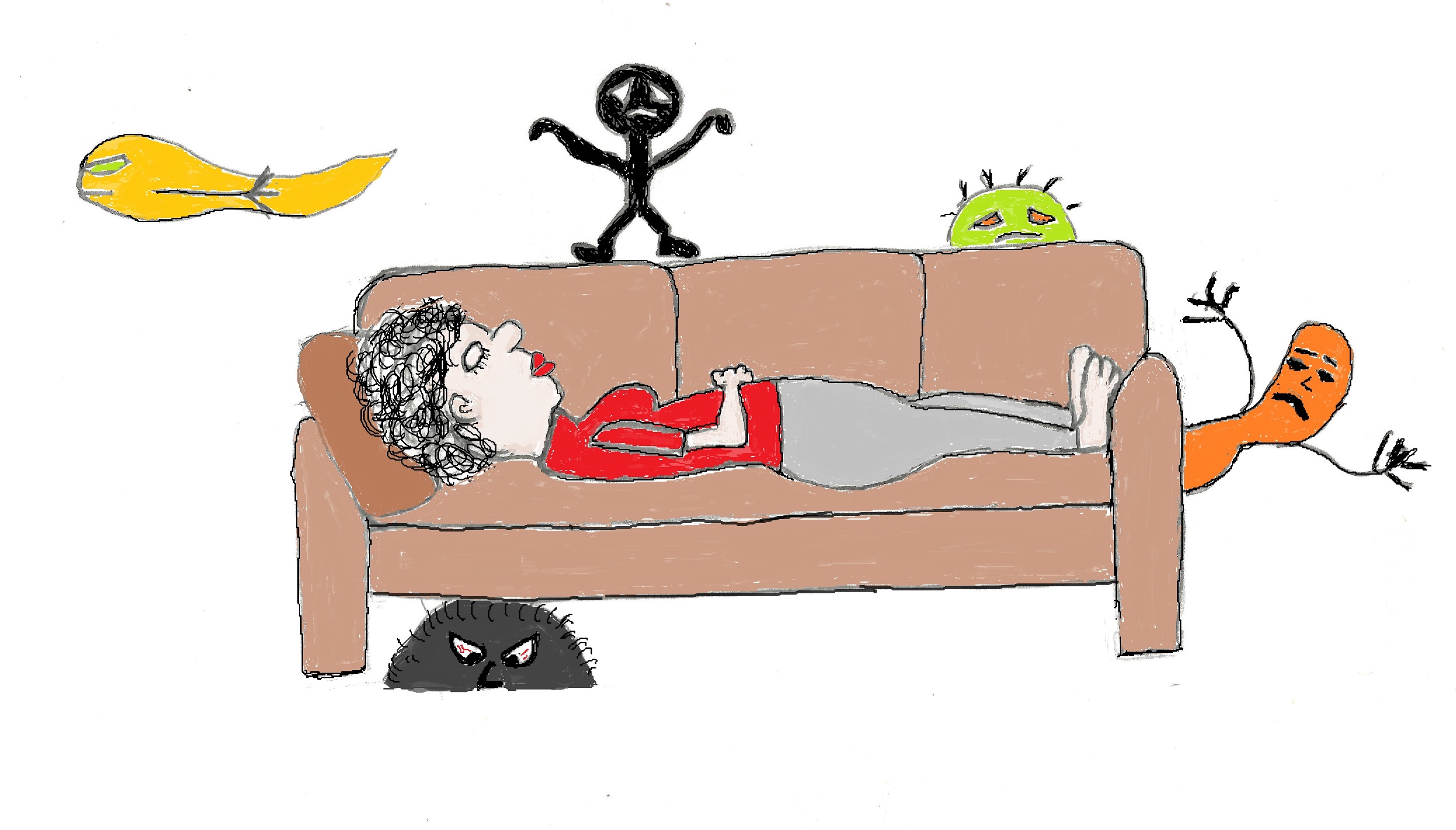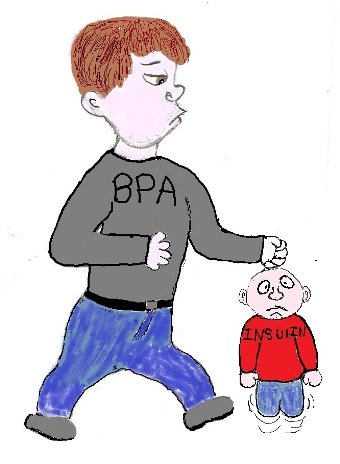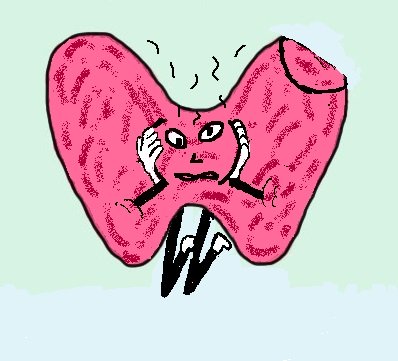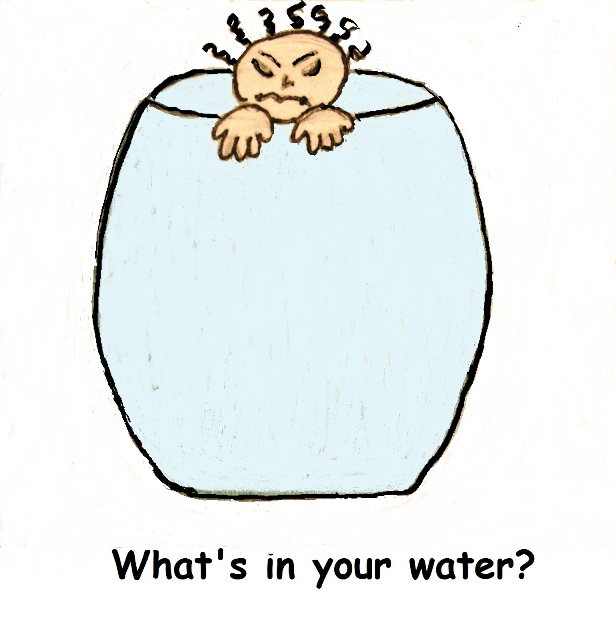- Home
- Polys & Superfood
- How to Detox Your Body
How To Detox Your Body - Part II
Your body creates toxins, called free radicals, that can damage and kill cells in your body. And your exposure to toxic chemicals increases the production of free radicals.
The scariest part is there are many diseases that are caused when your body's antioxidant defense system can't keep up with all the free radicals it produces. You can, however, help your body fight these disease-causing, cell killing, nasty buggers. Read on to learn how to protect your health with antioxidant rich foods and supplements.
What Free Radicals Are
Jump into the wayback machine with me and let's travel back to high school chemistry class. Sorry, but it's the only way to understand what free radicals are.
- Atoms bond together to create molecules by sharing electrons in a chemical bond (electrons form pairs). An example would be water, also known as H2O. Water is made up of two atoms of hydrogen and one atom of oxygen.
- The cells in your body are made up of many different types of molecules, including water.
- If something happens that causes an atom to lose one of its electrons it becomes "unstable" (also known as oxidized).
- When unstable, an atom runs around frantically searching for a replacement electron.
- It will steal an electron from another atom making that atom unstable.
- This sets up a chain reaction of electron stealing in your body's cells.
- This can change the chemical make-up of your cells, including your DNA, that can damage and even kill your cells (cytotoxic).
So free radicals, also known as oxidants, are unstable and highly reactive atoms that have at least one unpaired electron.
What Creates Free Radicals?
So what sets up this chain reaction? Why do atoms lose their electrons?
Your body creates free radicals just going about its normal body functions. Chemical reactions like metabolism and cellular respiration (provides the energy for metabolism), stress and even excessive exercise can create the nasty little buggers.
That's why your body has a system to defend itself against free radicals. However, and this is really important - your body also creates free radicals when your cells respond to external toxin exposure (they are generated during Phase I liver detoxification). So, the toxins I talk about on this website add to the free radical load.
Phase I liver detoxification (aka the P-450 enzyme system) begins the process of converting a toxic chemical into a form that your body can get rid of. This involves various chemical reactions (such as oxidation, reduction and hydrolysis), and during this process free radicals are produced.
Excessive amounts of toxin exposure can over stimulate your Phase I system. This produces high levels of free radicals that can damage cells.
It can also throw off the balance between Phase I and Phase II detoxification. If Phase II can't keep up with the over active Phase I, then toxins in your body aren't completely broken down and removed.
As if there weren't a million reasons already to reduce your exposure to toxins - here's another.
Free radicals are toxic to your body and toxin exposure increases the free radicals in your body. If antioxidants are lacking and toxin exposure is high, toxic chemicals become far more dangerous.
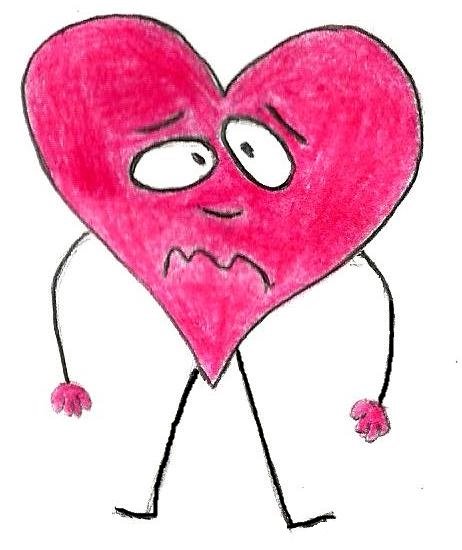
Diseases Linked To Excess Free Radicals
Your body has an antioxidant defense system designed to battle free radicals. However, sometimes your body produces more free radicals than it can handle because of exposure to environmental toxins and/or a decline in your antioxidant levels.
This imbalance, caused by too many free radicals running rampant through your body, creates oxidative stress. And oxidative stress is linked to many severe diseases, including;
|
|
You can combat oxidative stress by increasing your antioxidant levels.
What Are Antioxidants?
Antioxidants are molecules in your cells that prevent free radicals from forming. They do this by donating one of their own electrons, ending the electron-stealing reaction. They break the free radical chain. The antioxidants themselves don't become free radicals by donating an electron because they are stable in either form.
Some Of The Antioxidants Your Body Needs
|
Cofactors - Coenzyme Q10 |
Organosulfur Compounds - Allyl sulfide, indoles, glutathione |
Vitamins - A, C, E, K |
|
Minerals - Selenium, zinc |
Carotenoids - B-carotene, lycopene, lutein |
Flavonoids - Quercetin, catechin, genistein |
3 Ways To Reduce Oxidative Stress From Free Radicals
1. Eating Antioxidant-rich Foods
In 2010 a group of Swedish researchers actually measured the total antioxidant content of more than 3100 foods, beverages, spices, herbs and supplements. Based on this info, the following foods and beverages are good sources of antioxidants. The categories and types of food are listed from highest antioxidant content to lowest.
|
SPICES |
Clove, peppermint, ginger, allspice, cinnamon, oregano, thyme, sage, rosemary, saffron and estragon, |
|
BERRIES |
Bilberries, Blueberries, Black Currants, Wild Strawberries, Blackberries, Goji Berries, Sea Buckthorn and Cranberries. |
|
BEVERAGES |
Coffee, Red Wine, Pomegranate Juice, Green Tea, Grape Juice, Prune Juice and Black Tea |
|
CHOCOLATE (Yeah!) |
Dark Chocolate with at least 70% cocoa |
|
NUTS & SEEDS |
Walnuts with *pellicle, pecans with pellicle, sunflower seeds *pellicle is the thin skin around the nut. In all nuts most of the antioxidants are located in the pellicle |
|
FRUITS AND VEGETABLES |
Antioxidant rich - *Dried apples, artichokes, lemon skin, dried plums, dried apricots, curly kale, red and green chili and prunes. Medium antioxidant levels - dried dates, dried mango, black and green olives, red cabbage, red beets, paprika, guava and plums. *The dried fruit tested had higher antioxidant levels than the fresh fruit. |
2. Taking Antioxidant Supplements
Taking antioxidant supplements is a good way to protect your body against free radicals, especially if your diet lacks antioxidant rich foods. The commonly used supplements are ones that supply antioxidant vitamins, minerals and co-factors.
Another option is melatonin, which is usually used as a natural sleep aid. But it is also a powerful antioxidant. Studies have found that it is a great free radical scavenger and it also stimulates the activity of antioxidant enzymes. This increases the activity of your bodies antioxidant defense system.
Keep in mind though, that although melatonin is considered a safe supplement, there is very little safety information on its long-term use.
Also, if you decide to take antioxidant supplements, just know that there's a lot that isn't known about the doses you should take. So don't exceed the recommended daily amount.
Plus, recent research is finding that under certain conditions, like the amount taken and neighboring molecules, antioxidants can behave like free radicals. In other words, while low doses of antioxidants can reduce oxidative stress in your body, high doses may have the opposite effect.
3. Boosting Your Glutathione
Remember the super detoxifier glutathione that I talked about? Well, it's also your body's most abundant antioxidant and it provides your cells with multiple defenses against free radicals. Glutathione not only neutralizes free radicals, but it also helps recycle antioxidants like vitamins C and E.
Supplements like aged garlic extract, broccoli sprouts, NAC and alpha lipolic acid, and foods high in B vitamins will support this important antioxidant. Aged garlic extract is also an antioxidant that supplies organosulfur components and flavanoids. It has much higher antioxidant levels than fresh garlic because the aging process increases the levels. Broccoli sprouts and alpha lipolic acid also fight free radicals.
I covered 4 different approaches in this 2-part post on How To Detox Your Body. One approach, a detox program, is a short-term solution with short-term benefits. And that's only if the program you're using actually removes some toxins from your body.
The other 3 approaches, reducing your exposure to toxins, giving your body's detox system what it needs to function well and supporting your antioxidant defense system, are long-term solutions with long-term health benefits.
These approaches require more of a commitment than a colon cleanse or juice fast. But if you really want to detox your body to be healthy and stay healthy, they are worth the effort.
